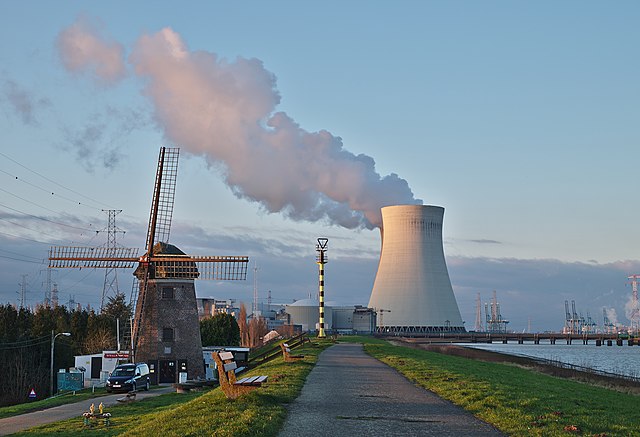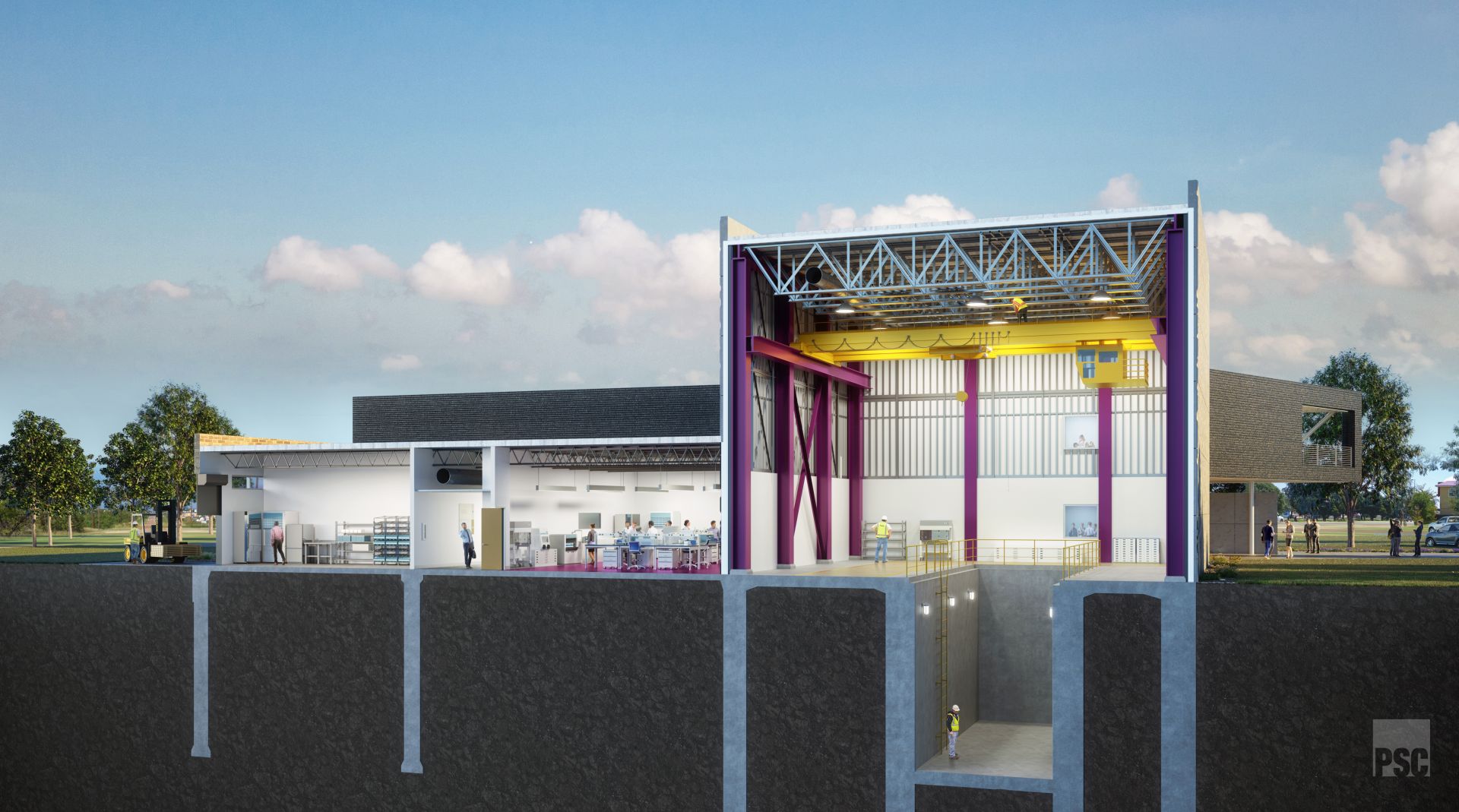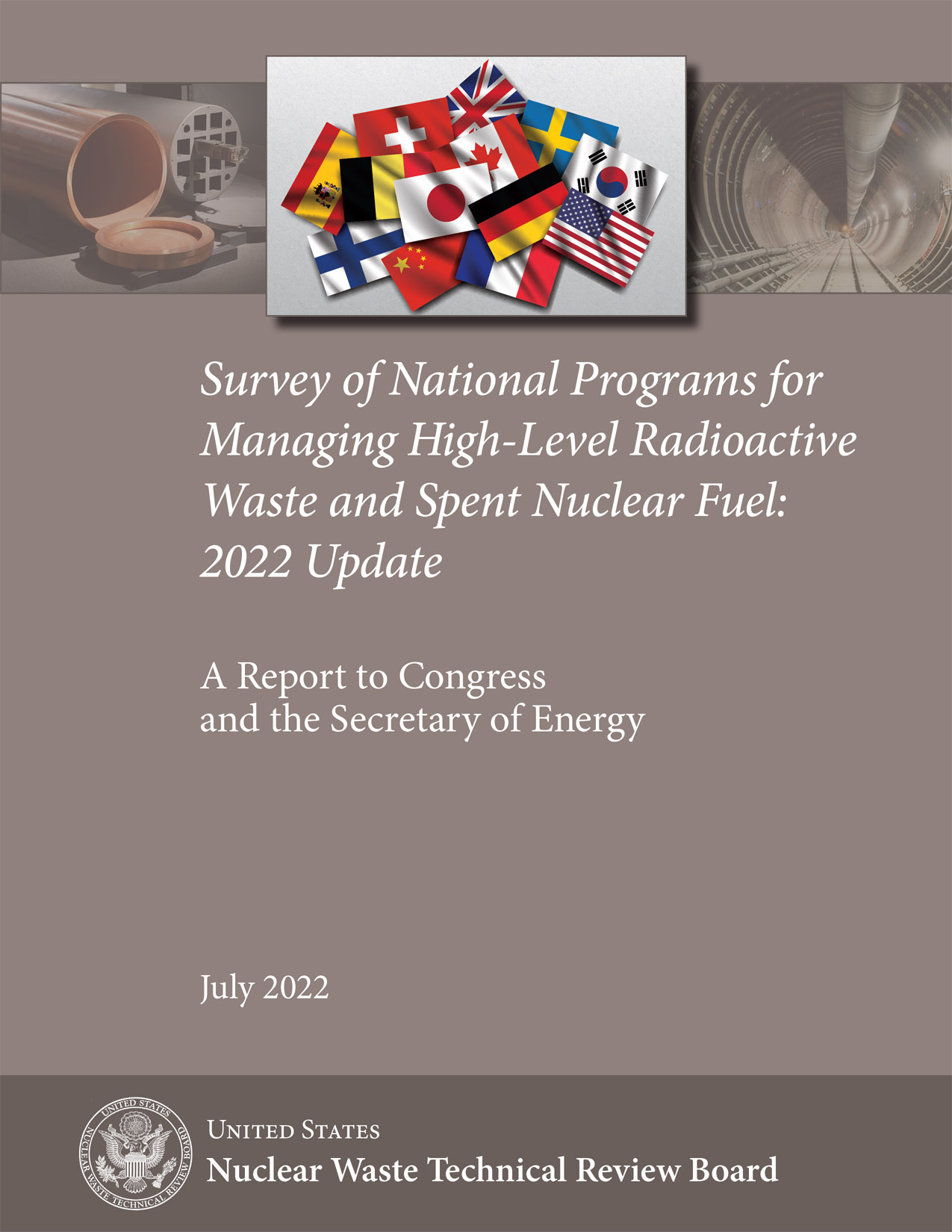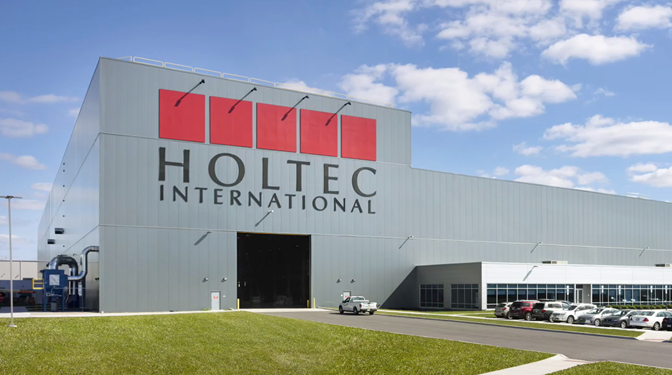A worker replaces a manipulator arm at the Savannah River’s SWPF. (Photo: DOE)
Savannah River Mission Completion (SRMC), the radioactive liquid waste contractor at the Department of Energy’s Savannah River Site, is optimizing some equipment maintenance at the Salt Waste Processing Facility (SWPF). The facility traditionally uses centrifugal contactors in the solvent extraction process, and its laboratory uses manipulators to handle process samples and equipment within its radioactive cell. The equipment requires periodic maintenance and rebuilding.
The U.S. Capitol. Photo: Wikimedia commons.
In a 243–187 vote, the House of Representatives yesterday passed the CHIPS and Science Act of 2022, a $280 billion economic competitiveness package aimed at bolstering U.S. semiconductor manufacturing, as well as scientific research and development, including nuclear energy R&D.
The new TRFS provides for automated adjustment of the direction of the DIII-D primary magnetic field. (Photos: GA and PPPL)
The DIII-D National Fusion Facility now boasts a unique automated system that allows for a quick reversal of the direction of its magnetic field, expanding the range of possible fusion experiments while reducing downtime. General Atomics, which operates the DIII-D for the Department of Energy’s Office of Science, announced the new Toroidal Field Reversing Switch (TFRS) on July 26.
Native bees swarm near a hive at the former K Reactor Area on the Hanford Site. Bees swarm and begin looking for a new place to nest when a colony becomes overcrowded. (Photo: DOE)
The area near the Hanford Site’s former K reactors is buzzing with activity as several of the Department of Energy’s environmental cleanup projects continue near the Columbia River in Washington state.
That’s not the only thing that’s buzzing, however. While preparing some old equipment for removal earlier this spring, workers with Central Plateau Cleanup Company (CPCCo), a contractor of the DOE Office of Environmental Management Richland Operations Office, discovered a large colony of native bees.
An artistic rendering of the Versatile Test Reactor. (Image: DOE)
The Department of Energy today issued a Record of Decision (ROD) for the Final Versatile Test Reactor Environmental Impact Statement (final VTR EIS; DOE/EIS-0542). The VTR will be a sodium-cooled, fast-neutron-spectrum test reactor that will enhance and accelerate research, development, and demonstration of innovative nuclear energy technologies critical to tackling the climate crisis, according to the DOE.
The VTR ROD and final VTR EIS are available for viewing or download here.
The Doel nuclear power plant in Belgium along with the De Molen windmill in foreground. (Photo: Trougnouf)
The Belgian government has signed a nonbinding letter of intent with Electrabel, a subsidiary of the French utility Engie, to keep nuclear a part of Belgium’s energy mix for an additional 10 years.
Electrabel operates Belgium’s two nuclear power plants, the four-unit Doel and three-unit Tihange.
An artist rendering of the Science and Engineering Research Center under construction at Abilene Christian University. The SERC will house the NEXT Lab's new advanced university research reactor sponsored by Natura Resources.
The first university-based molten salt research reactor (MSRR) is one step closer to reality with Abilene Christian University’s Nuclear Energy eXperimental Testing (NEXT) Laboratory recently signing a contract with Teledyne Brown Engineering. After considering more than a dozen engineering firms, the NEXT Lab selected Teledyne Brown to perform the front-end engineering and design work to produce the reactor on the Abilene campus. The contract was described by NEXT Lab director Rusty Towell as “a significant step into the detailed design and construction phase of this project.” The hope is that the 1-MWt MSRR will go critical in 2025.
Indian Point nuclear power plant. (Photo: Daniel Case)
“If we’re serious about dealing with climate change, then we’re going to need all the tools in the toolbox, which includes nuclear, not just now but in the future,” Keith Schue, an electrical engineer affiliated with Nuclear New York is quoted as saying in an article on the (Lower Hudson Valley) Journal News website, lohud. Schue adds, “We do believe that closing Indian Point was a mistake. But are we going to continue making mistakes or can we learn from them?”
Romania’s Cernavoda Units 1 and 2. (Photo: Nuclearelectrica)
Romania’s Nuclearelectrica, the state-owned operator of the two-unit Cernavoda nuclear power plant, has awarded Candu Energy a contract to conduct design and engineering services for the facility’s Unit 1 refurbishment project, according to an announcement last week from SNC-Lavalin, Candu Energy’s parent company.
A rendering of the Clinch River breeder reactor project.
DISCLAIMER: The views expressed in this article are those of the author and do not necessarily reflect the views of the American Nuclear Society.
To provide a place for constructive conversation and exchange of ideas, I have built the website lmfbr.com. There, interested persons will find a description of the liquid metal fast breeder reactor technology and an outline of its history. The site is intended for an audience already generally familiar with light water reactors—but most particularly, it is meant to encourage comments so that the community can identify a pathway for deployment of LMFBRs through a conceptual design and institutional approach that draws upon collective experience, recent innovation, and re-visitation of approaches previously considered that have been long lying dormant. The website is also intended to suggest areas where further creative thought could be directed to improve the economic and operational performance of the LMFBR concept to make it highly competitive with LWRs.
The reactor hall at the Halden research reactor. (Photo: Westinghouse)
Westinghouse Electric Company was awarded an engineering contract with Norsk Nukleær Dekommisjonering (NND) to plan the decommissioning of the country’s two nuclear research reactors, located in Halden and Kjeller. The three-year agreement includes options up to six years and is valued at up to $100 million (NOK 1 billion).
Holtec’s Advanced Manufacturing Division, in Camden, N.J. (Photo: Holtec)
The Department of Energy earlier this year approved part one of a loan application from Holtec International for small modular reactor construction and invited the firm to apply for a loan to help build four of its SMR-160 units and grow its manufacturing capacity to produce the first wave of SMRs.
A view of the entrance to tower #22, showing the dismantled part of an inclined column.
While the construction of two additional reactors at Slovakia’s Mochovce nuclear plant (Units 3 and 4) may get most of the attention, it isn’t the only major project underway there. In October of last year, plant owner Slovenské Elektrárne commenced the first phase of an effort to revitalize two of the four 125-meter-tall, Iterson-type cooling towers that serve the facility’s two operating reactors—both of which began generating electricity in the late 1990s. Towers #11 and #21 had been refurbished in 2011 and 2012, respectively. The other two, however, towers #12 and #22, had never undergone refurbishment.









.jpg)
.jpeg)


 The Nuclear Waste Technical Review Board has issued a report to the U.S. Congress and the secretary of energy examining the programs for managing spent nuclear fuel and high-level radioactive waste in more than a dozen countries.
The Nuclear Waste Technical Review Board has issued a report to the U.S. Congress and the secretary of energy examining the programs for managing spent nuclear fuel and high-level radioactive waste in more than a dozen countries.
 The June 2017 special report on the ANS Nuclear Grand Challenges (available online at
The June 2017 special report on the ANS Nuclear Grand Challenges (available online at 


